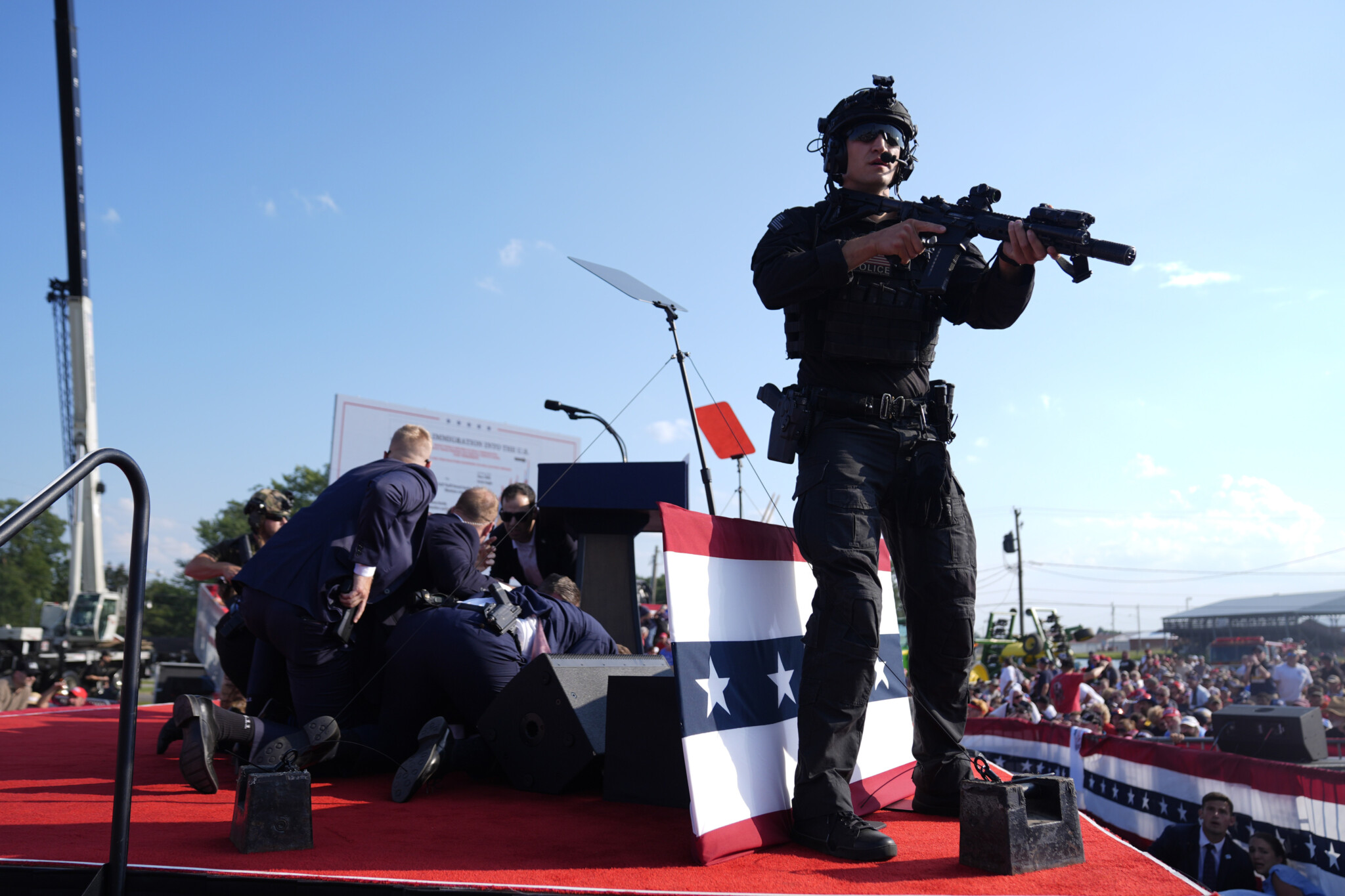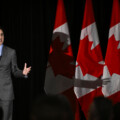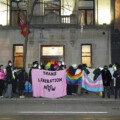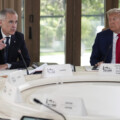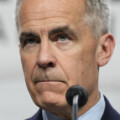In the last four years, successful or attempted assassination attempts against world leaders rose after the decline of both since the turn of the century.
Last week’s attempt on the life of Donald Trump, the 45th U.S. president and Republican presidential candidate, marked a significant moment in history. It was the first U.S. assassination attempt in 43 years to target a historic political figure, be nationally televised, and also be very nearly successful. The last time was in 1981 when a gunman tried to kill then-president Ronald Reagan.
Nearly all U.S. presidents have faced assassination attempts. Four sitting presidents have been killed while in office, including Abraham Lincoln, James Garfield, William McKinley and John F. Kennedy. In 2013, President Barack Obama was mailed a letter laced with fatal ricin that was intercepted by the U.S. Senate Mail Facility. In 2005, the president before him, George W. Bush had a grenade thrown at him which failed to detonate while he visited the country of Georgia.
The shooting attempt against Trump on U.S. soil, however, stands out in that it harkens back to the politically violent eras of the 1960s and ‘70s, which saw, for instance, the murder of President John F. Kennedy by a sniper’s bullet in 1963.
Following this most recent presidential candidate shooting, The Hub looked into the assassinations and assassination attempts on elected world leaders since the late 19th century to understand the historical trends.
We turned to a 2009 study from MIT Economics professor Benjamin Olken and Kellogg School of Management professor Benjamin Jones, titled “Hit Or Miss? The Effect Of Assassinations On Institutions And War.” It examines all publicly reported assassination attempts for all sitting national leaders from 1875 to 2001, excluding cases where the assassin(s) sought power for themselves (also known as coup d’etats). We then filled in assassination attempts from 2002 to present under the same criteria with our own research.
Source: Olken and Jones, 2009, “Hit or Miss? The Effect of Assassinations on Institutions and War”, and The Hub’s research. Averaged by decade. Ex., 2000 = 2000 though 2009. 2020 represents only the 3.5 years between 2020 and present.
World leader assassinations and their attempts have declined in the current century from the highs of the past century. However, attempts on the lives of elected world leaders in the first four years of the 2020s have comprised the first increase since 2000.
Since 2020, seven assassination attempts on sitting world leaders have occurred. They included an armed former Canadian Armed Forces member driving a truck into the residence of Canada’s Prime Minister Justin Trudeau and explosives being thrown at Japan’s Prime Minister Fumio Kishida. In this count, we have only included attempts on those who were active world leaders at the time of the attack, excluding attempts or killings on former leaders like the 2007 killing of Pakistan’s Benazir Bhutto, the 2022 killing of Japan’s Shinzo Abe, or the recent attack on Donald Trump.
Those seven attempts have occurred in the less than four years since 2020. In the entire decade prior, there were six attempts. If one more active world leader faces a public assassination attempt before 2029, this decade’s world leader assassination attempts would be the sharpest increase since 1950.
Since 2020, there has been just one successful assassination of a sitting world leader: Haiti’s Prime Minister Jovenel Moïse. His death represents the decade’s first rise in leader killings since the 1970s.
“(The data) indicates that the annual rate of assassinations increased in the late 19th and early 20th century, decreased substantially during the 1940s (perhaps as a result of heightened security during World War II), and has been at relatively high levels since 1950,” reads the 2009 study from the National Bureau of Economic Research. Most attempts occur during historical turning points, the study explains.
Looking briefly at coup d’etats (organised soldiers’ seizure of their state’s power), a total of 15 occurred worldwide in the first three years of 2020. Compare that to the 10 coups that occurred during the first three years of the 2010s.
Source: Powell and Thyne, 2023, “Coups d’état, 1950 to Present”
In modern times, assassins’ weapons of choice have also seen a shift. According to the Hit or Miss study and The Hub’s research, guns historically and continue to prevail as the preferred weapon during successful world leader killings between 1875 and 2001.
Explosives have been used five times since the 1950s. The 2000s was the first decade where they were successfully used as often as firearms.
Source: Olken and Jones, 2009, “Hit or Miss? The Effect of Assassinations on Institutions and War”, and The Hub’s research
Explosives and easily accessible technology have increasingly been used in recent attempts on the lives of world leaders. In 2018, small drones strapped with explosives were deployed against Venezuelan leader Nicolas Maduro while he addressed a military parade, before detonating out of range. Likewise in 2021, Iraqi Prime Minister Mustafa al-Kadhimi was targeted by explosive-laden consumer drones in his Baghdad diplomatic-square residence. Both instances demonstrate newly minted means for rising trends of political violence.
These trends also illustrate that political protection services the world over, including Canada’s Prime Minister’s Protective Detail (PMPD) and RCMP, operate in a renewed climate of political violence.
In Canada, changes have recently been made in the distribution of responsibilities between the PMPD and local law enforcement assigned to protect Canadian leaders while they engage with the public.
Stephen Staley, former executive assistant to Prime Minister Stephen Harper and a member of his advance team, said that the RCMP has sought to reduce the size of the PMPD, and instead use more local law enforcement who are trained in the same principles but might not be held to the same high standards. You can find the full conversation with The Hub’s editor-at-large Sean Speer in an interview published earlier this week.
